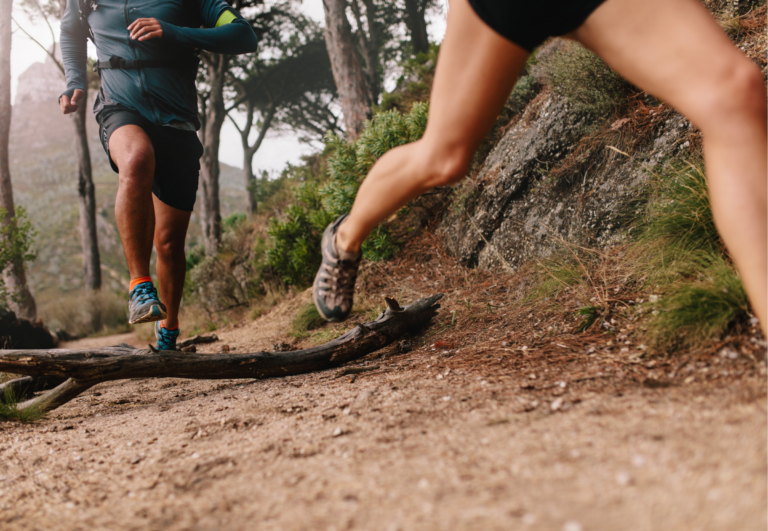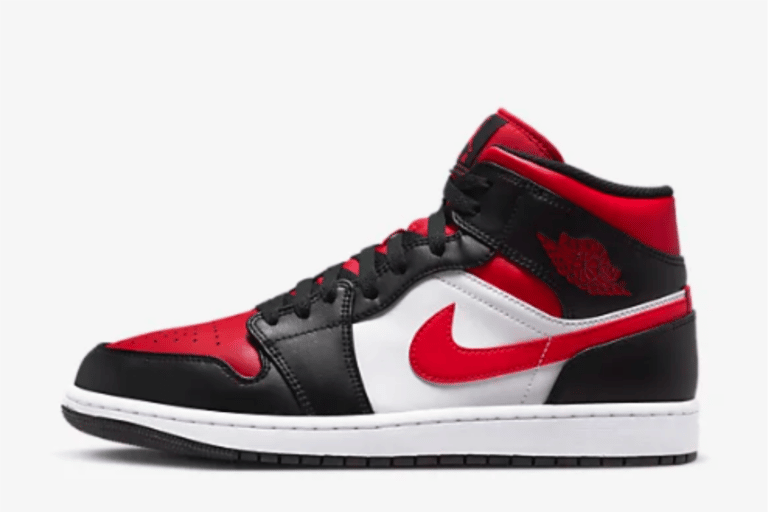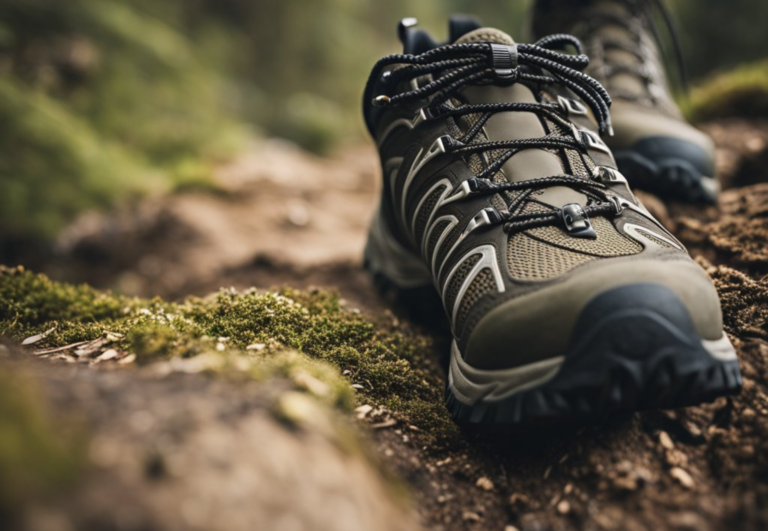Tips for Trying on and Testing Running Shoes in the Store – Finding the Right Fit!
When trying on and testing running shoes in-store, it’s essential to find the perfect fit for comfort and injury prevention.
Start with an in-store gait analysis to determine your foot type and the appropriate shoe category—neutral, stability, or motion control. Identify your foot shape and consider your running goals, whether it’s long-distance training or short-distance racing, to select shoes with the right features. Always check the heel and toe fit, leaving about a thumb’s width of space in the toe box.
Bring your running socks and insoles to replicate actual running conditions. Test multiple pairs by walking around, checking for heel slippage, and ensuring natural foot movement. Assess lateral stability with side-to-side movements and, if possible, run on a treadmill to evaluate the shoes’ performance under running conditions.
This comprehensive approach will help you find the best running shoes for your needs.
Tips for Trying on and Testing Running Shoes in the Store
When stepping into a store to find your next pair of running shoes, you want to be well-informed and prepared.
Let’s focus on how to identify your needs based on your unique foot characteristics and how to properly test shoes before making your decision.
Perform In-Store Gait Analysis
Most specialty running stores offer a free gait analysis. This involves observing how your feet behave during running or walking.
- Neutral Gait: You may prefer a balanced shoe with moderate support.
- Overpronator: Stability or motion control shoes are your best bet.
- Supinator: Look for shoes with ample cushioning and flexibility.
Identify Your Foot Shape
Your foot shape and gait are fundamental in selecting the right running shoe. Begin by examining your arch type: high, medium, or low arches dictate if you need more arch support. Check for signs of pronation or supination by looking at the wear patterns on your old sneakers.
- Neutral Arches typically mean you’ll do well in neutral shoes.
- Low Arches often require stability or motion control shoes.
- High Arches may benefit from cushioned shoes with more flexibility.
Explore Different Types of Running Shoes Based on Your Goal
Running shoes come with a variety of features tailored for different environments and preferences.
Choose the features that match your running terrain and comfort requirements.
| Feature | Ideal For |
|---|---|
| Cushioning | Those seeking comfort, running on road. |
| Flexibility | Runners looking for a natural foot movement. |
| Minimalist Design | If you prefer a “barefoot” experience. |
| Stability Features | Runners who overpronate. |
| Trail Shoes | Rugged, off-road surfaces. |
Keep in mind that what works for a road runner might not suit a trail enthusiast.
Check the Heel and Toe Fit
An ideal shoe will have about a thumb’s width of space in the toe box, allowing your toes room to move without hitting the front of the shoe. Similarly, the heel should fit snugly with no slipping, ensuring stability.
Pay attention to the lacing as well, it should help secure the foot without causing undue pressure.
Considering Training and Race Requirements
Different types of running require different types of support from your shoes. If you’re training for a marathon, you’ll need a shoe that can withstand long distances and provide the necessary endurance. On the other hand, racing flats may be more appropriate for short-distance races due to their lighter weight and faster feel.
| Type of Running | Shoe Characteristics |
|---|---|
| Long-Distance Training | Durable, supportive, cushioned |
| Short-Distance Racing | Lightweight, minimal cushioning, designed for speed |
Consider Your Running Mileage
Your weekly mileage can significantly influence the type of shoe you should be picking. High-mileage runners may seek maximum cushioning to mitigate stress on joints, while low-mileage runners might prefer a firmer, more responsive shoe for those quick recovery runs.
- High Mileage (> 20 miles/week): Look for supportive, cushioned footwear.
- Low Mileage (< 20 miles/week): Consider lighter, more flexible options.
Consider Socks and Insoles
Bring your running socks and any running insoles you plan to wear to mimic actual running conditions when trying on shoes. Socks can affect the fit, and insoles provide the necessary support, so including them in the fitting process is vital for a proper fit.
Dealing with Specific Foot Issues
If you’re dealing with foot issues such as bunions or plantar fasciitis, having the right shoe can be a game-changer. Seek specialist advice and opt for running shoes that offer the proper fit to accommodate such conditions.
Do not hesitate to test shoes towards the end of the day when your feet are more likely to be swollen, mimicking their size during longer runs.
| Foot Issue | Shoe Consideration |
|---|---|
| Bunions | Wide toe box, soft material |
| Plantar Fasciitis | Good arch support, ample cushioning |
Always listen to your feet; discomfort or pain often signals that you might need a different new pair of shoes. Regularly choosing running shoes based on both function and comfort can help prevent injuries and ensure a satisfying running experience.
Try on Multiple Pairs
Each running shoe brand and model can offer a different fit, feel, and level of support. What works well for one person might not be the best choice for another.
- Comparison: By trying on different pairs, you can directly compare how each one feels. Pay attention to the cushioning, the room in the toe box, and the fit around the heel.
- Fit and Comfort: Ensure each shoe is comfortable from the start without any pinching or tight spots. Running shoes typically don’t need a “break-in” period, so they should feel good immediately.
Walking Around
Walking in the shoes gives you a first impression of their comfort and any potential issues with fit.
- Heel Fit: As you walk, notice if your heel stays in place or if it slips out. A little slippage can lead to blisters and instability during a run.
- Natural Movement: The shoes should bend and flex at the same points your foot does. If they don’t, they might not be the right pair for your foot mechanics.
Testing Lateral Movement
While running shoes are designed for forward movement, it’s important they also provide support during lateral movements, especially if you run on uneven terrain or participate in other activities.
- Fit Security: Perform side-to-side movements to ensure your foot doesn’t slide around inside the shoe. A secure fit is crucial to prevent rolling your ankle or other injuries.
- Comfort: Check that there’s no pinching or restriction during these movements, as this could cause discomfort during actual runs or workouts.
Running on a Treadmill in the Store
Running on a treadmill can mimic the actual experience of running and is the best way to test the performance of the shoes.
- Gait and Comfort: Pay attention to how your foot strikes the treadmill and how the shoe responds. You should feel balanced and the shoes should provide a comfortable, cushioned ride.
- Breathability: As you run, notice if your feet start to feel hot. Good running shoes should have enough breathability to keep your feet cool during longer runs.






